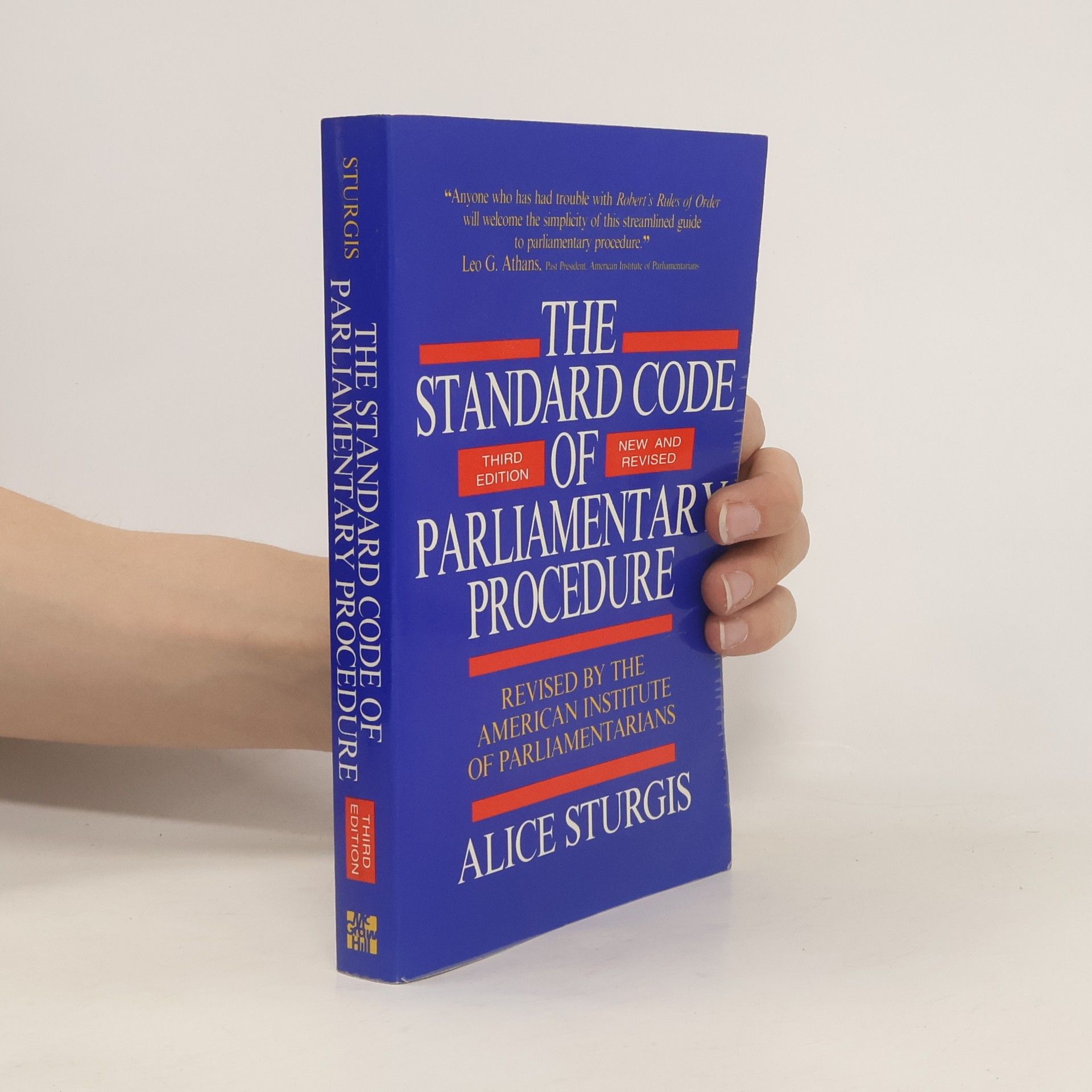The Standard Code of Parliamentary Procedure - Third Edition, New and Revised
- 308 stránek
- 11 hodin čtení
This completely revised and updated alternative to Robert's Rules is the most comprehensive, understandable, and logical guide to conducting smoothly functioning, formal, organizational meetings. Already accepted as the authority by thousands of succesful organizations, from local community groups to national societies like the American Medical Association, the Third Edition updates parliamentary procedure for contemporary practice, clarifies confusing laws, and eliminates obsolete, arcane motions while retaining all essential safeguards. Its clear, non-technical language makes it accessible to everyone. And its special section of answers to the most frequently asked questions is a plus for newcomers to parliamentary procedure.

